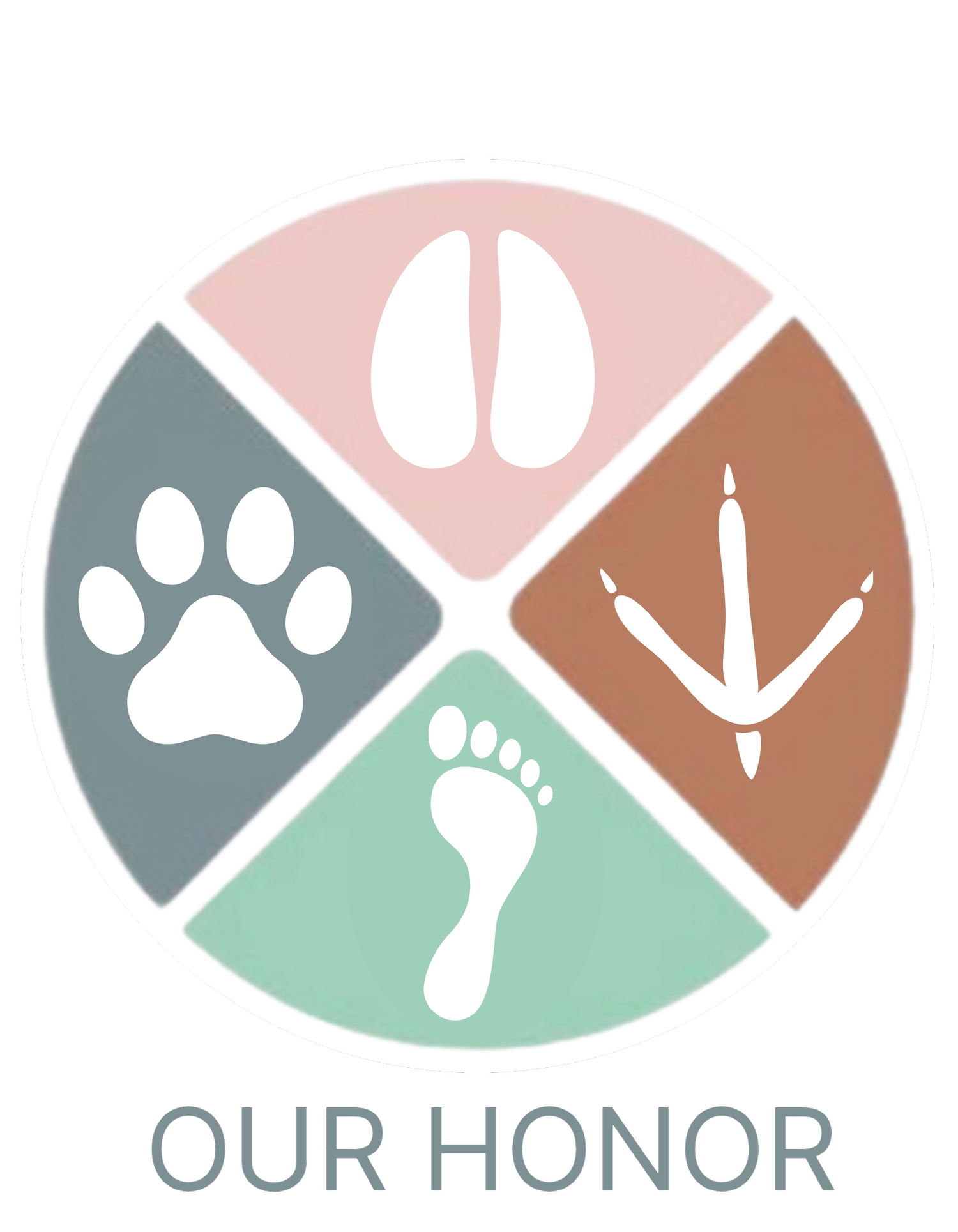AVMA Email Template RE: Cat Declaw Procedures
Dear [Delegate’s Name],
I’m writing as a veterinarian and AVMA member to express my disappointment in the AVMA Animal Welfare Committee’s recent statement indicating that the AVMA will “continue to advocate against legislation that attempts to ban certain veterinary procedures.” This stance is out of step with the ethical evolution of our profession and the best available evidence regarding feline onychectomy (declawing).
An American Association of Feline Practitioners survey found that a majority of the 1,200 veterinarians surveyed support legislative bans on declawing as decades of experience and peer-reviewed data show that local and state bans on declawing protect cats, veterinarians, and the public—without causing the negative consequences often cited in opposition.
A common concern is that declaw bans might lead to more cats being surrendered to shelters. However, real-world outcomes do not support this fear. In Los Angeles, where declawing was banned in 2009, cat relinquishments to city shelters decreased by 43% in the five years following the ban. Additionally, a 2022 study found that after a declaw ban was passed in British Columbia, there was no change in the number of cats relinquished to the animal shelter system. A 2017 study showed declawed cats were more than four times more likely to bite, three times more likely to be aggressive, nearly three times more likely to have back pain, three times more likely to excessively self-groom, and seven times more likely to avoid the litter box.
Changes in litter box habits are one of the most commonly reported reasons for surrendering cats to shelters, according to a six-year retrospective study. Sadly, shelter cats with a bite history are more than four times more likely to be returned; if they were adopted, their biting can result in serious injury and lawsuits.
Banning declawing also frees veterinarians from the moral distress of performing an unnecessary and harmful surgery—often under pressure from clients or employers. The absence of a prohibition unfairly burdens practitioners with the additional sensitive task of trying to convince clients to not mutilate their cats. Rather than spending time educating clients against it, practitioners in jurisdictions with bans can simply say, “It’s illegal,” thereby reinforcing public trust and allowing veterinary care to focus on preventive and compassionate medicine.
Many cities, states, and countries have implemented successful bans on elective declawing, including:
U.S. Cities and Counties: Los Angeles, San Francisco, Santa Monica, West Hollywood, Berkeley, Burbank, Culver City, Beverly Hills, Denver, St. Louis (both city and county), Pittsburgh, Allentown, Madison, Tacoma, Volusia County, and Austin
U.S. States: New York (2019), Maryland (2022), Rhode Island (2025), Massachusetts (2025), Virginia (2024)
Countries: United Kingdom, Israel, Germany, Switzerland, Brazil, Australia, and New Zealand
Veterinary leadership in these regions has not reported the feared wave of relinquishment, nor any negative impact on the profession. In fact, such bans have often been welcomed by practitioners who view declawing as inconsistent with animal welfare standards.
The AVMA’s current position—preserving procedural autonomy at the expense of ethical clarity—is deeply concerning. I urge you, as my delegate, to advocate for a policy shift: one that supports legislative bans on elective feline declawing and aligns the AVMA with the scientific evidence, ethical responsibility, and evolving standards of care that our profession must uphold.
Thank you for your time and service.
Sincerely,

